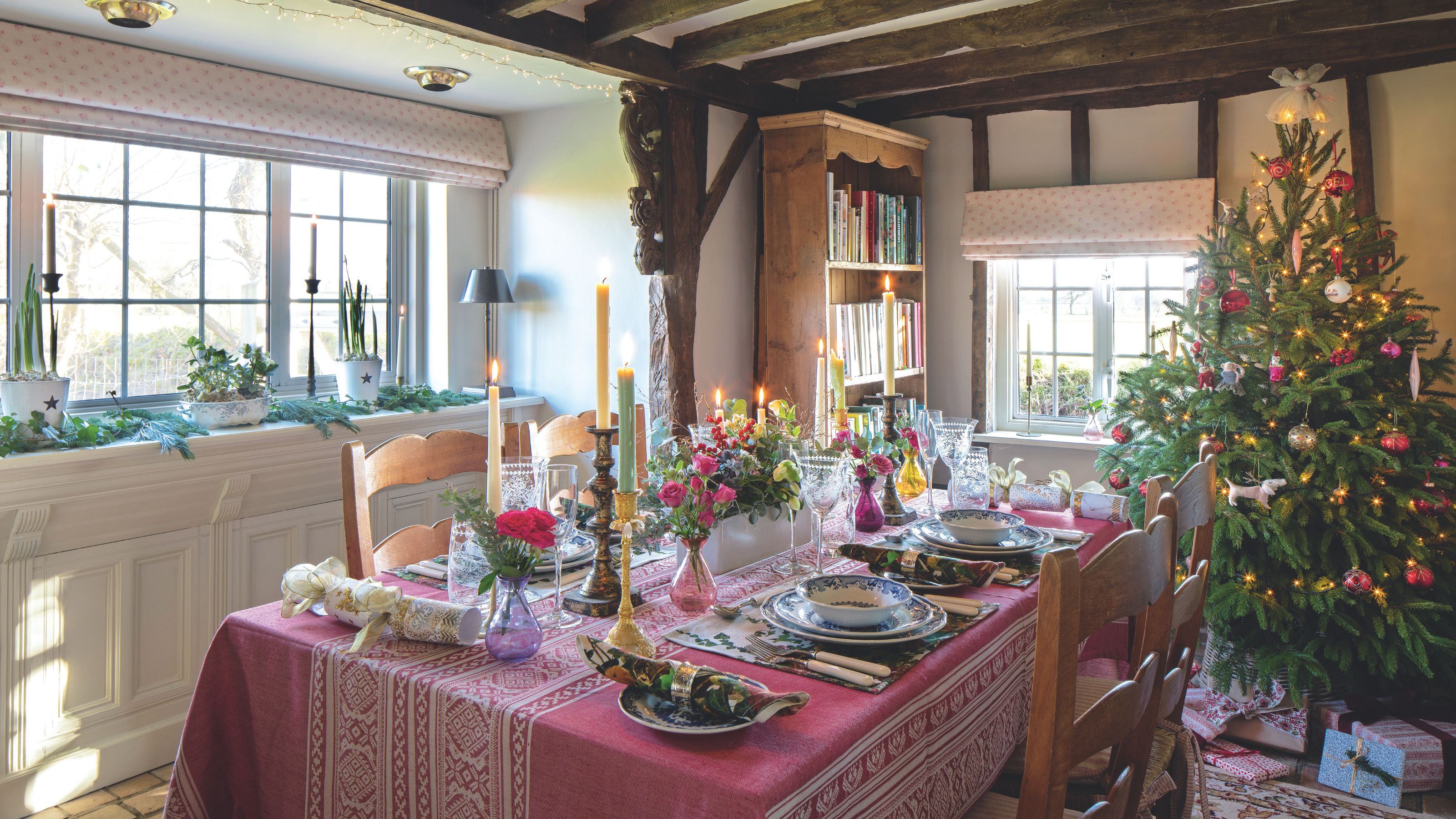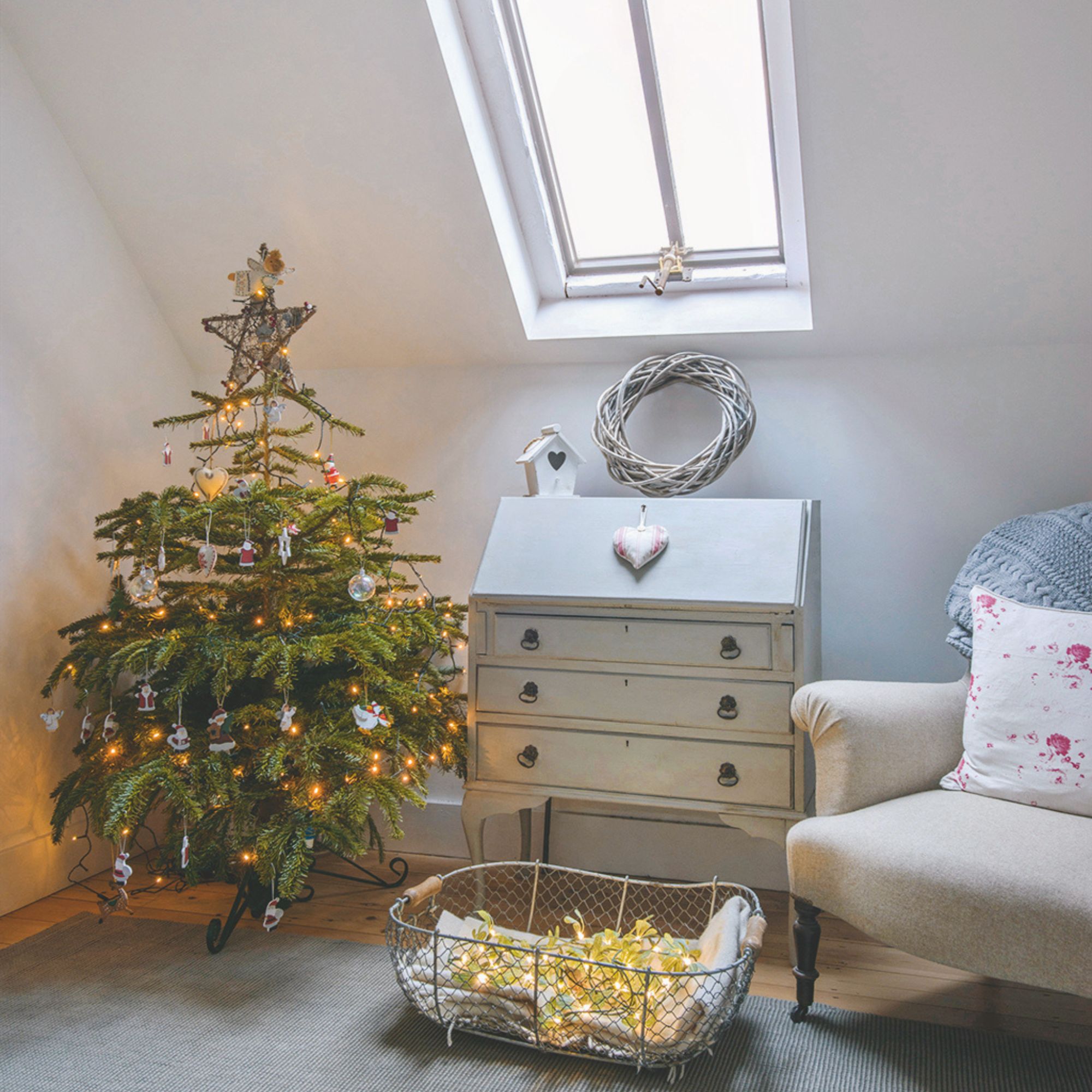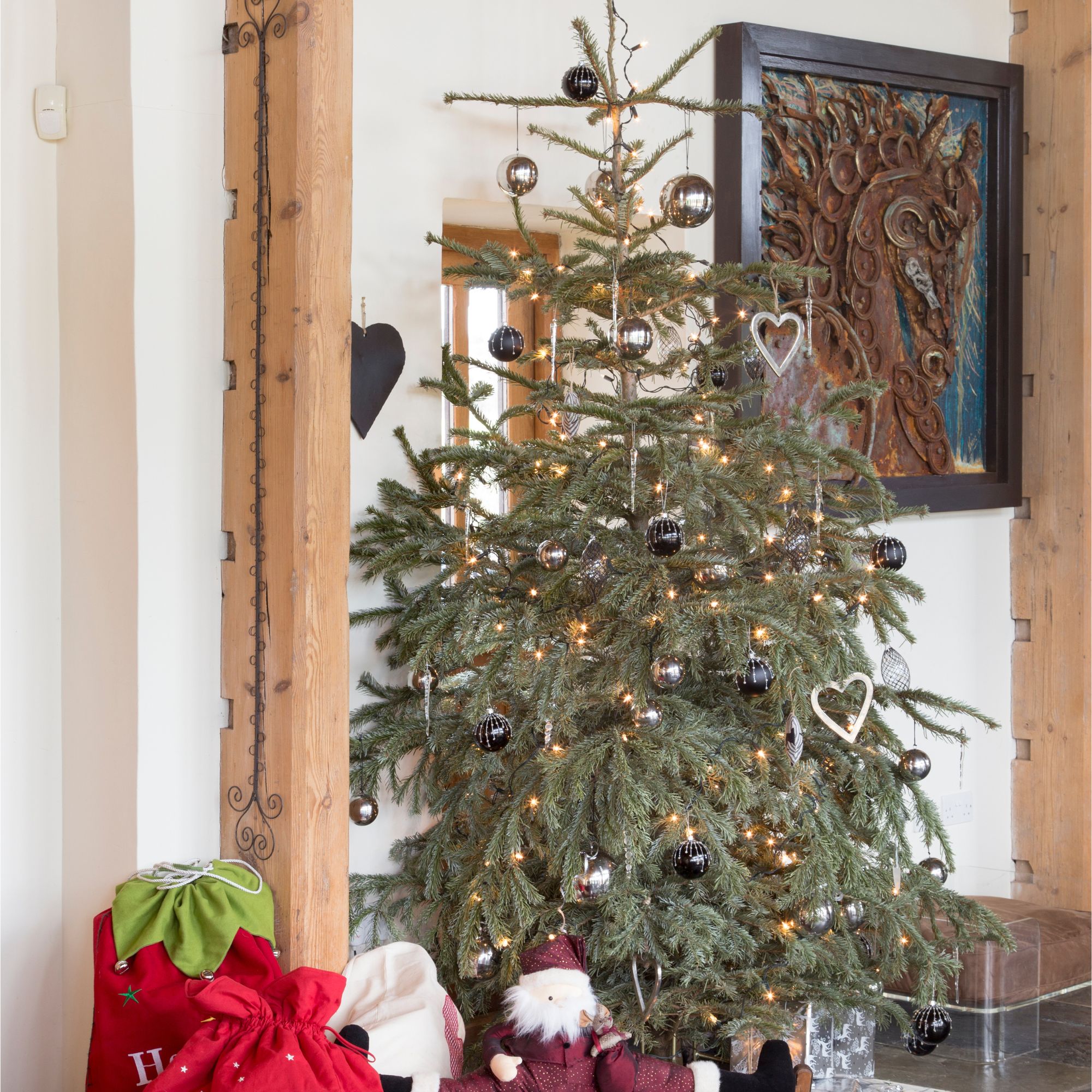Does the Christmas tree boiling water hack work? Why experts are warning real Christmas tree owners to dodge this popular trick
It works, but it's risky


Sophie King
Have you heard of the Christmas tree boiling water hack? It's been circling the world of real Christmas trees for years now, so we thought we'd take a closer look.
One of the most important parts of real Christmas tree care is knowing how often you should water a real Christmas tree, but some people insist that you should water your tree for the very first time with boiling water rather than cold water.
If you decided to buy a real Christmas tree this year, you're probably wondering just how credible this advice is – so we asked the experts for their thoughts on the Christmas tree boiling water hack.

The Christmas tree boiling water hack
The rumour making the rounds is that you should water your real Christmas tree with boiling water when you first bring your tree home.
Not only is this supposed to wake the tree up, but it's said to release a fresh fragrance that fills your whole house, too. It's just a one-time trick, though; after that first drink of hot water, you can swap back to the usual cold water.

Of course, using boiling water to water your Christmas tree seems like a fairly unusual thing to do – which is why we decided to reach out to the experts and see what they had to say on the matter.
Unfortunately, you'll probably want to put the kettle away. But first, let's take a look at the science behind the hack.
Sign up to our newsletter for style inspiration, real homes, project and garden advice and shopping know-how
'The boiling water is thought to melt the sap that forms on the trunk where the tree was cut, as this can affect the amount of water that the tree is able to absorb,' says Graham Smith MCIHort, gardening expert at LBS Horticulture.

Graham Smith MCIhort is the national sales manager at LBS Horticulture. He has extensive knowledge in the horticultural and gardening industries, and prides himself on using this to help gardeners of all skills create their perfect outdoor space.

So, it's all about melting that sap barrier when you first bring your tree home.
‘When the tree is initially cut, sap forms to protect the area where the cut has taken place,' explains Mark Rofe from Christmastrees.co.uk. 'You can think of it like a scab on the human body. This sap can prevent the tree from soaking up water.'
There are other ways to remove the sap, though – and they're a lot more effective than boiling water.
'A better alternative would be to use a handsaw to take about 3cm off of the base of the tree,' says Mark. 'The few centimetres you've taken off will allow the tree to take up water more easily, so there's no need to use boiling water.’

In fact, Mark has warned people against using this hack, as it may have a detrimental effect on the health and the overall appearance of a Christmas tree.
'Trees really don’t like the heat, and by using boiling water, you risk warming up the tree and potentially shortening its lifespan in your home, not extending it,' he says.
'Using boiling water could potentially be risky for a real Christmas tree, as they do not like heat,' Graham agrees.
You should also consider the risk of injury and electrical hazards. 'Hot water can be dangerous when not handled properly, especially if tree buyers try to do the hack after they've potted and decorated the tree with electric lights,' says Josh Novell, garden plants expert and director of Polhill Garden Centre.
'There is also the potential of scalding yourself before Christmas – which nobody wants!'

Removing the base of the trunk with a saw is a lot safer, and more effective. Once you've done that, you'll need to keep it in clean, fresh water to help your Christmas tree last longer.
'Ensure that the tree is placed in a sturdy stand that can hold a good amount of water with a well that is easily accessible for whenever you need to water the tree,' Graham advises.
'The trunk should be kept in water at all times to prevent the sap from re-hardening over the base. Check the water levels in your tree's stand daily, as some trees can take in two to three pints of water a day.'
What you'll need
We've ruled out the Christmas tree boiling water hack, but you'll need a few things to ensure your tree takes up as much water as possible...
- A handsaw like the Spear & Jackson Traditional Handsaw from Amazon to remove the bottom layer of the tree trunk
- A Christmas tree stand like the Krinner Green Metal & Plastic Foot Pump Christmas Tree Stand from B&Q to keep your tree topped up with water
FAQs
Should you add boiling water to a Christmas tree?
Contrary to popular belief, boiling water isn't good for a real Christmas tree – and though it can melt the hardened sap that forms at the base of a cut Christmas tree, it can actually do your tree more harm than good.
'The temperature of the water that you use to water a real Christmas tree will not affect the water uptake, and you should only use fresh, clean water with no additives,' adds Graham from LBS Horticulture.
How do I get my Christmas tree to drink water again?
If your Christmas tree has stopped taking up water, it might have resealed itself at the base.
Not to worry, though – you can simply cut another few centimetres off the bottom of the trunk with a saw, and then pop the tree straight back into the water. That way, it should start drinking water again.
So, experts advise against the Christmas tree boiling water hack – but now you can save the water for an extra cup of tea instead!

Lauren Bradbury has been the Content Editor for the House Manual section since January 2025 but worked with the team as a freelancer for a year and a half before that. She graduated with a Bachelor’s degree in English and Creative Writing from the University of Chichester in 2016. Then, she dipped her toe into the world of content writing, primarily focusing on home content. After years of agency work, she decided to take the plunge and become a full-time freelancer for online publications, including Real Homes and Ideal Home, before taking on this permanent role. Now, she spends her days searching for the best decluttering and cleaning hacks and creating handy how-to guides for homeowners and renters alike, as well as testing vacuums as part of her role as the Ideal Home Certified Expert in Training on Vacuums, having spent over 110 hours testing different vacuum models to date!
- Sophie KingGardens Editor